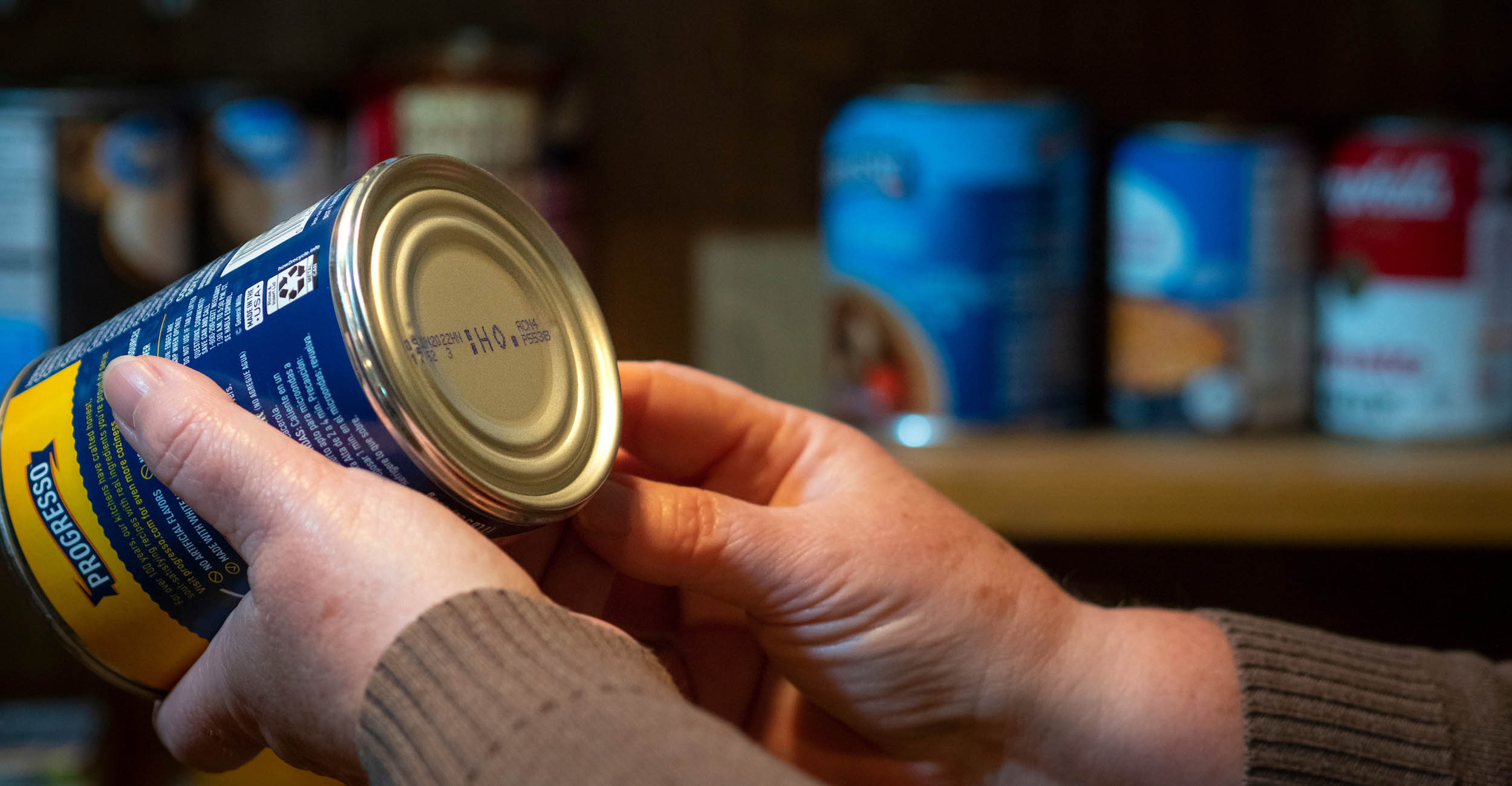
Food safety during emergencies
Thursday, March 14, 2024
Media Contact: Gail Ellis | Editorial Communications Coordinator | 405-744-9152 | gail.ellis@okstate.edu
What to know
During emergencies, many people including families, firefighters and other emergency volunteers may rely on donated food. Christi Evans, OSU Extension food safety specialist, lays out precautions to take when storing perishable food items.
Leaving food at room temperature for too long can cause bacteria to grow, which can lead to foodborne illness. Cold food should be kept at or below 40 degrees Fahrenheit. Hot food should be kept at or above 140. If food is left at room temperature for more than two hours, it should be discarded.
Storing food
When storing leftover foods, keep in mind that most leftovers should only be kept in the refrigerator for three to four days. Leftovers should be stored in the freezer for longer storage. When reheating leftovers, be sure they reach 165 as measured with a food thermometer.
Frozen foods may stay safe for 24-48 hours if the refrigerator and freezer doors stay closed. If you have an appliance thermometer in your freezer, check the temperature. If the food is at 40 or below, or if it contains ice crystals, you can safely cook or refreeze the food. Each food item should be checked individually. If any food has an unusual odor, color or texture, it should be discarded. Never taste food to determine if it is safe.
Food after emergencies
When returning home, beware that the structure may have lost power while empty. If the power was out for more than four hours, refrigerated items like milk, eggs, meats and leftovers should be discarded.
Weather-related events from thunderstorms to wildfires can result in power outages and sometimes displace families from their homes. Keeping food safe when away from home presents unique challenges. If families are storing food in a cooler, it’s important to keep ice or frozen gel packs inside the cooler to ensure the contents remain cold.
It’s also a good idea to keep an appliance thermometer in the cooler to help monitor the temperature inside. Cold perishable food should be kept at a temperature of 40 or colder. Discard perishable foods that were held above 40 for over two hours. If the temperature is above 90, like in a hot car, food should be discarded after one hour.
Take special care to keep foods at safe temperatures and follow food safety basics like handwashing and avoiding cross-contamination. Proper handling of food and monitoring temperatures will help reduce the risk of foodborne illness during challenging circumstances.
Story By: Macy Shoulders | macy.shoulders@okstate.edu
